
Mass production of drones cannot compensate for the loss of classic fire power systems, the Rusi British Analytical Center researcher Justin Bronck is convinced. According to him, there are several reasons why NATO forces would be a mistake to rely largely on drone systems to replace traditional weapons. The expert named the main reason. For example, Russia has one of the most powerful complexes of combating UAVs in the world.
Radio -electronic fighting systems, anti -aircraft weapons, modified rifles and even simple measures for the protection of barrels or nets make drones less effective. According to estimates, only a small portion of the drones launched by Ukrainian troops, it achieves a goal, and even less - causes decisive harm. The analyst emphasizes that Ukraine itself demonstrates the restriction of the so -called drone war.
Despite millions of UAVs, Kiev requires allies of traditional weapons - Himars, ATACMS, managed artillery shells and PTKRs, which remain more reliable means for the destruction of equipment and restraining enemy. In this way, drones, according to the expert, are valuable primarily as a means of support. They help to identify goals, overload the air defense systems, turn the enemy's attention, or strike logistics. But they are not able to replace the role of the main shock force.
"Fundamental, from a technical and tactical point of view, it is much easier to withstand the forces that are mainly rely on mass, cheap unmanned aerial vehicles FPV and OWA (ammunition that make up) to ensure their main combat capacity than to resist aviation, well -used, longitudinal guns. forces, " - summarized the Bronk. Defense News made a comment to Senior Researcher at the Carnegie Michael Cofman Foundation.


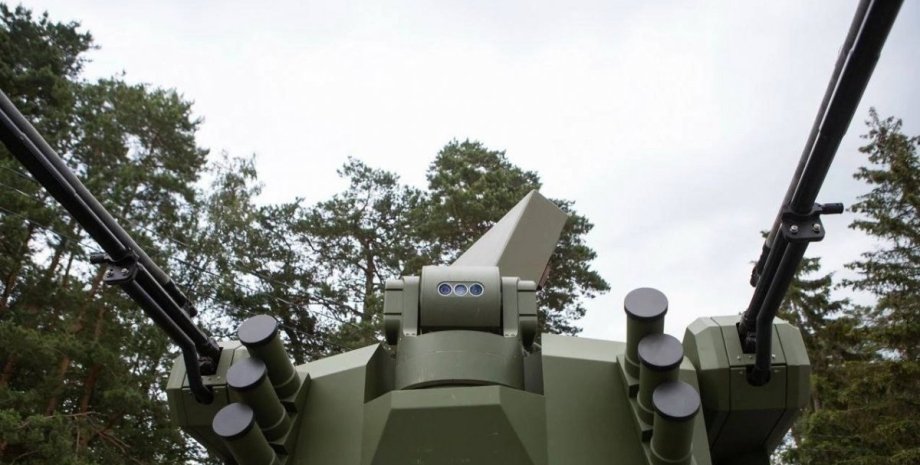
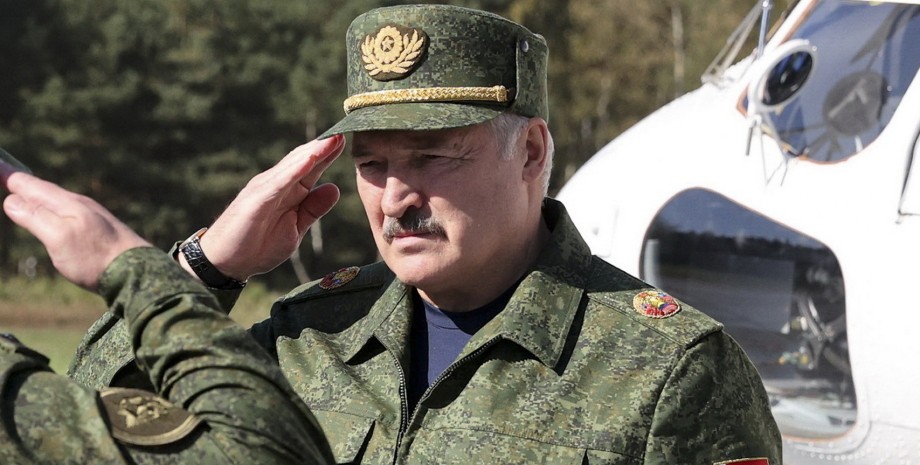
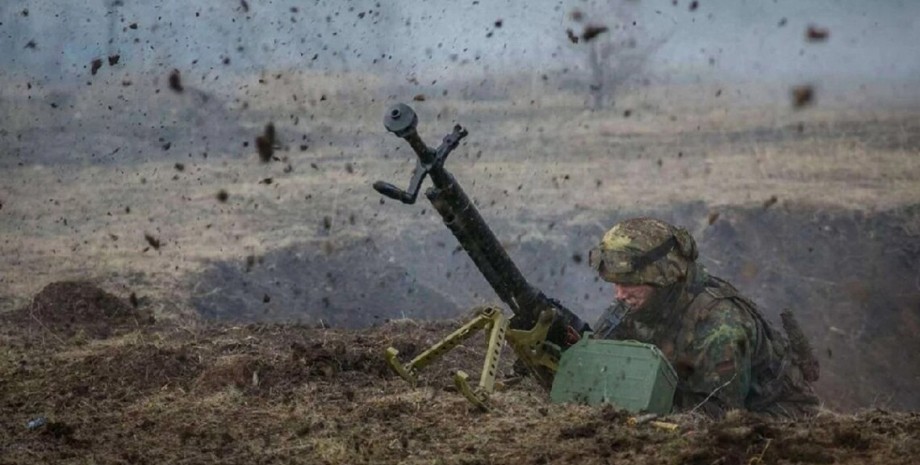

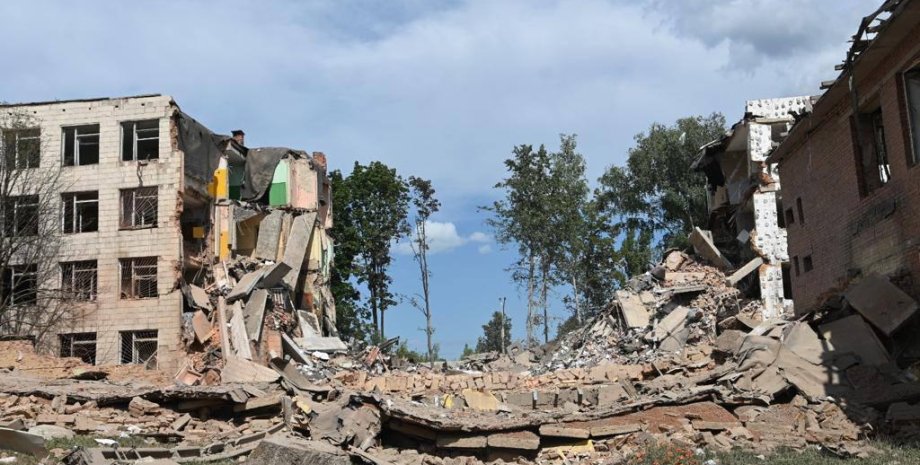
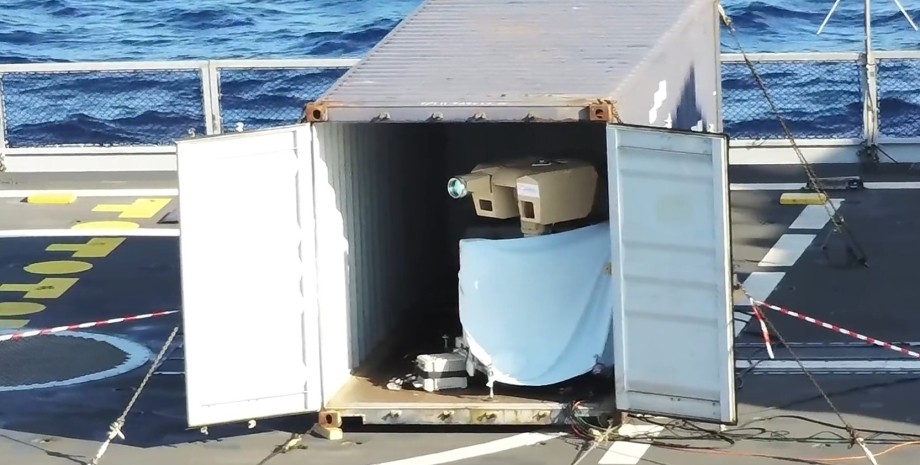
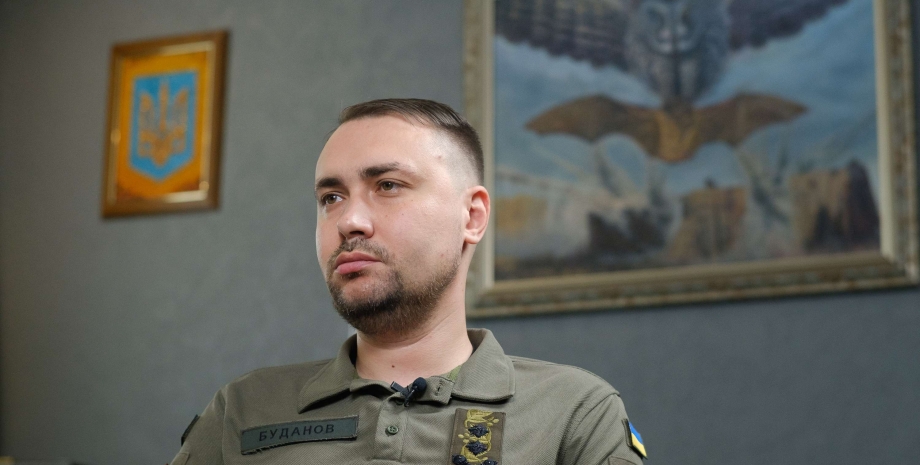
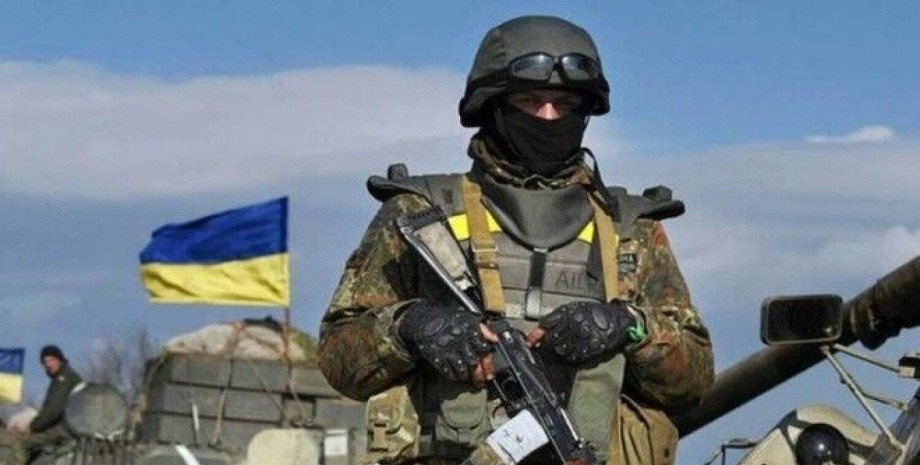
All rights reserved IN-Ukraine.info - 2022